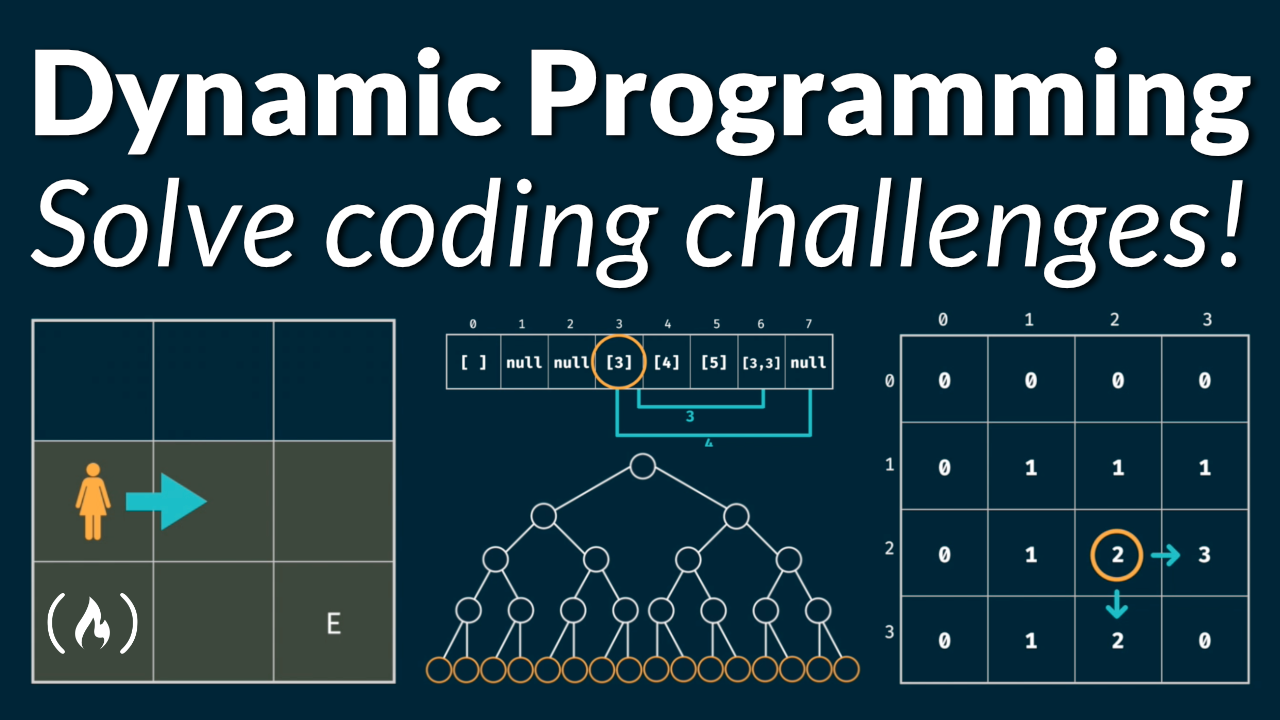
Master Dynamic Programming: Insider Tricks Revealed
Understanding the Essence of Dynamic Programming
Dynamic programming, often regarded as a powerful problem-solving technique in computer science, is more than just a set of algorithms. It’s a mindset, a way of approaching complex problems with a strategic mindset. To truly master dynamic programming, one must understand its essence and principles that guide it.
Peeling Back the Layers: Essential Concepts
At the core of dynamic programming lies a set of essential concepts that form the foundation of its approach. These include optimal substructure, overlapping subproblems, and memoization. Understanding these concepts is crucial for effectively applying dynamic programming techniques to real-world problems.
Optimal Substructure: Building Blocks of Solutions
Optimal substructure is a fundamental concept in dynamic programming that states that an optimal solution to a larger problem can be constructed from optimal solutions to its subproblems. By breaking down a problem into smaller, more manageable subproblems, programmers can tackle complex challenges with greater efficiency.
Overlapping Subproblems: Avoiding Redundancy
One of the challenges in dynamic programming is dealing with overlapping subproblems, where the same subproblem is solved multiple times. This redundancy can significantly impact the efficiency of algorithms. However, by leveraging memoization, programmers can store the results of subproblems and reuse them when needed, thereby avoiding unnecessary computations.
Choosing the Right Approach: Top-down vs. Bottom-up
When implementing dynamic programming algorithms, programmers often have to choose between top-down (recursive with memoization) and bottom-up (iterative) approaches. While both approaches have their advantages and disadvantages, selecting the right one depends on the problem at hand and personal preferences.
Optimizing Space Complexity: Efficiency Matters
Space complexity is a critical consideration in dynamic programming, especially for problems with large input sizes. Memoization, while effective in reducing time complexity, can sometimes consume significant memory space. Programmers must optimize space complexity by employing techniques such as tabulation and minimizing unnecessary storage.
Handling Edge Cases and Boundary Conditions
In dynamic programming, handling edge cases and boundary conditions is essential for ensuring the correctness and robustness of algorithms. Failing to account for edge cases can lead to incorrect results or runtime errors. Therefore, programmers must carefully analyze problem constraints and define appropriate base cases.
Striking the Balance: Iterative vs. Recursive Solutions
Dynamic programming problems can often be solved using both iterative and recursive approaches. While recursive solutions may be more intuitive, they may suffer from stack overflow for large inputs. In contrast, iterative solutions offer better scalability and efficiency but may be more complex to implement. Striking the right balance between the two is key.
Analyzing Time Complexity: Performance Matters
Analyzing the time complexity of dynamic programming algorithms is crucial for assessing their performance and scalability. By understanding the recurrence relations and iteration counts involved in solving subproblems, programmers can estimate the overall time complexity of their algorithms and identify bottlenecks for optimization.
Continuous Learning and Practice: Mastery Takes Time
Mastering dynamic programming is a journey that requires continuous learning, practice, and persistence. While the concepts may seem daunting at first, with dedication and perseverance, programmers can elevate their skills and unlock the full potential of dynamic programming. Embrace the challenge, experiment with different approaches, and never stop learning. Read more about dynamic programming tricks
